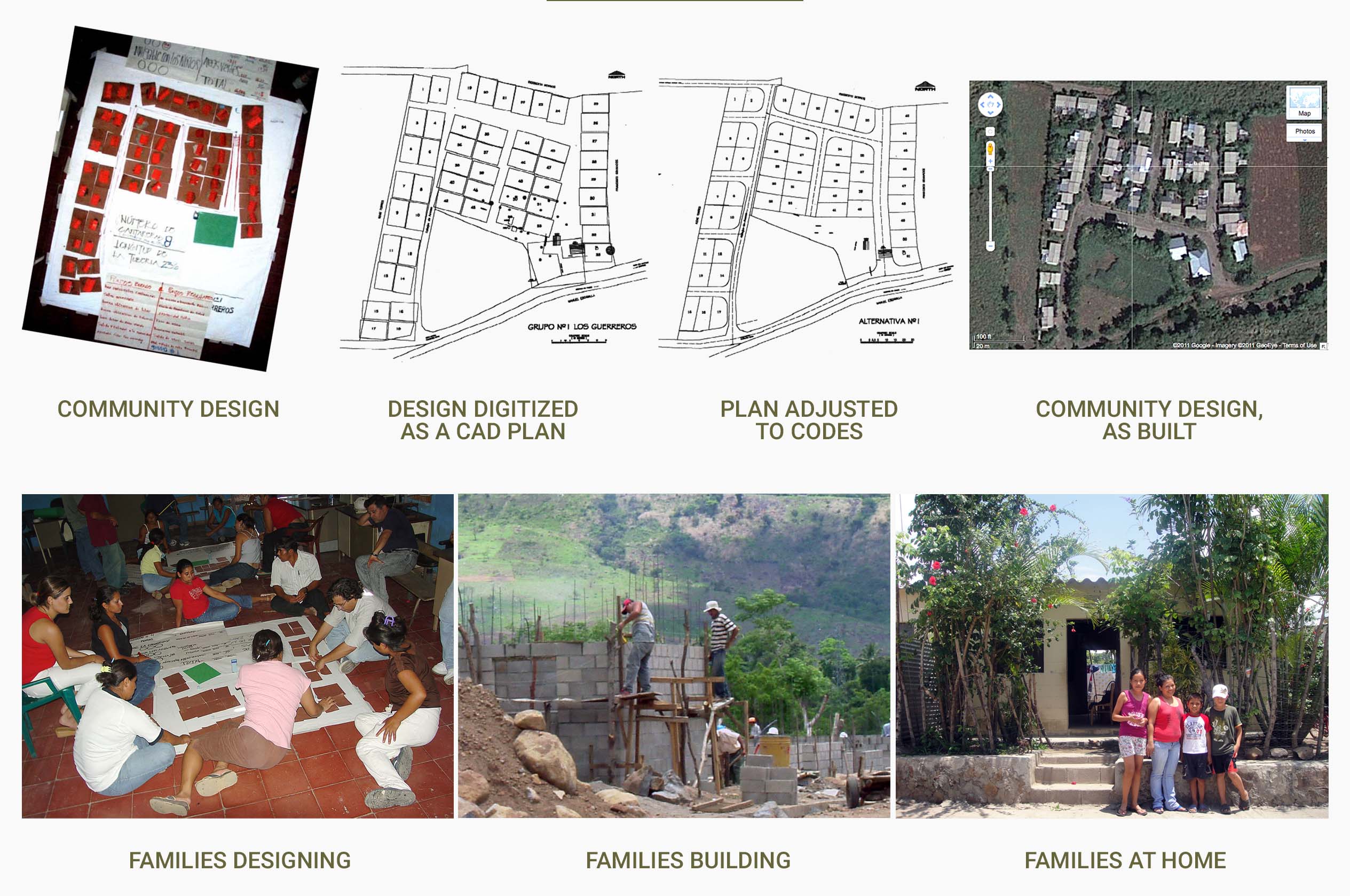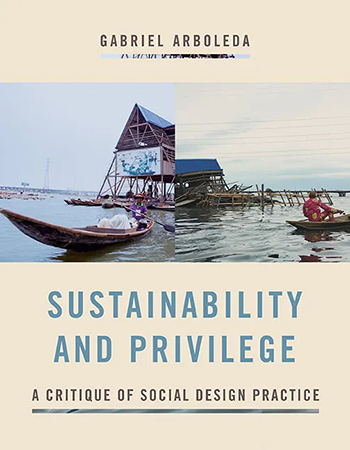My architectural background,
and the type of work I do in this area.

I am an architectural practitioner and theorist. My academic home is Amherst College, where I am Associate Professor of Art and the History of Art and Architectural Studies.
My previous teaching experience includes the University of California at Berkeley, the University of Massachusetts at Amherst, Smith College, and Hampshire College.
My academic background includes a Ph.D. in Architecture (Berkeley, 2012), a Master of Science in Architectural Studies (MIT, 2005), and a professional Architect’s Diploma (Universidad del Valle, Cali, Colombia, 1998).
Participatory Design Work
I have long been engaged in participatory design practice. I am currently working on the preparatory phase of a climate-resilient participatory housing project in Nicaragua. Prior to that, I worked on the design of the $3.7M Guyana Hinterland Housing Program. This was the first state housing project directed to indigenous populations in the country. Learning from local traditional practices of labor and community organization, I designed this as a bottom-up or “architecture from below” project. Families themselves planned, designed, budgeted, and built the houses; they monitored the construction progress, and distributed the subsidies. Professionals involved in the project limited ourselves to acting as facilitators, and government officials took a hands-off approach. The framework of this project was later partly adopted for a housing project directed to Surinamese Maroon people, for which I was a consultant.
Prior to working on the aforementioned projects, I was engaged in similarly bottom-up, participatory projects in Colombia, El Salvador, and Ecuador. In Colombia, I co-led two projects of environmental remediation in rural and urban land invasion areas. In El Salvador, I co-facilitated the participatory design of a 47-house neighborhood for families who had been left homeless after the 1980s civil war and a series of natural disasters. This project was led by Reinhard Goethert, a leading figure in participatory housing practice. In Ecuador, I co-led a multi-year, $300,000 community development project in San Martín, a very low-income neighborhood in the Pacific coast port of San Lorenzo. Outcomes of this project included helping residents to organize in order to secure freshwater and sewage infrastructure for the neighborhood, as well as offering business development support through micro-finance, and support with health, education, and leadership capacity development.

The steps in the design process of the San Cayetano-Istepeque neighborhood in El Salvador. This was a 47-unit project to house families who had been left homelessness after a civil war and a series of devastating natural disasters that hit the country between the 1980s and early 2000s.
I have done participatory work in various other capacities, including those as a researcher, consultant, and faculty member in charge, or participant, in service learning projects. I have carried out field research on low-income housing in Laos and Thailand. I have consulted on housing for informal workers, alternative construction materials, and emergency housing in Haiti. In the United States, with my students I have done community planning and housing rights advocacy work in Massachusetts. Also, as a member of MIT’s SIGUS (Special Interest Group in Urban Settlement, directed by Goethert), I participated in the early planning phase of the Lift House, a post-Katrina reconstruction project in Houma, Louisiana.
Significance of this Work
My research and practice seek to contribute to the discussion on community participation by challenging a popular paradigm that advocates for a level relationship between practitioners and beneficiaries of design projects. Learning from people’s own approaches to design, I instead advocate for a complete shifting of roles for beneficiaries, elevating them from a passive receiving role and even the theoretically equalizing one of co-designing, to an active and dynamic role in which they are the drivers of the design project. With that, I aim to contribute to the discussion on participation by advocating for design processes that rely on the power of human agency, and moving past the patronizing paradigms of charity and even empowerment. (The latter is patronizing as well if one considers the question of who is that individual who claims to empower others).

On the right, the positionality change at the core of my bottom-up participatory design practice (see Arboleda, Sustainability and Privilege, p. 231).
My work has been profiled in several publications, including Architect Magazine (the journal of the American Institute of Architects), and Esquisses (the journal of the Quebec Order of Architects). As for my own writing, one of my papers, “Beyond Participation: Rethinking Social Design,” was awarded the 2021 JAE Best Scholarship of Design Article prize by ACSA, the Association of Collegiate Schools of Architecture, which is the most important association of architectural schools globally. Also, one of my design projects was a winner of the MIT $50K Entrepreneurship Competition warm-up round, in the developmental/social category. The project was the Com-portable, a portable, biodegradable composting toilet that itself becomes compost after use. This project was directed to address health, contamination, and water scarcity issues affecting people in informal settlements.

Cover of Sustainability and Privilege.
In 2022, I published Sustainability and Privilege with the University of Virginia Press. This book is the result of years of fieldwork but also of thinking about the subject of socially-engaged design, or social design in short. Essentially, the book focuses on the cooptation of social design practice by means of invoking compelling sustainability goals. In a larger sense, though, the book provides the rationale and theoretical underpinning behind my understanding of the role of architects in poverty alleviation work. As a whole, the book explains the rationale of my practice, insofar as I identify a number of problems with architectural practice that motivate my architecture-from-below approach. The book also offers a theoretical framework to my work, a framework based on the perspectives of critical theory and anthropological studies. Explaining the latter, in the book I detail the rationale behind the name I give to my approach, which is ethnoarchitecture.